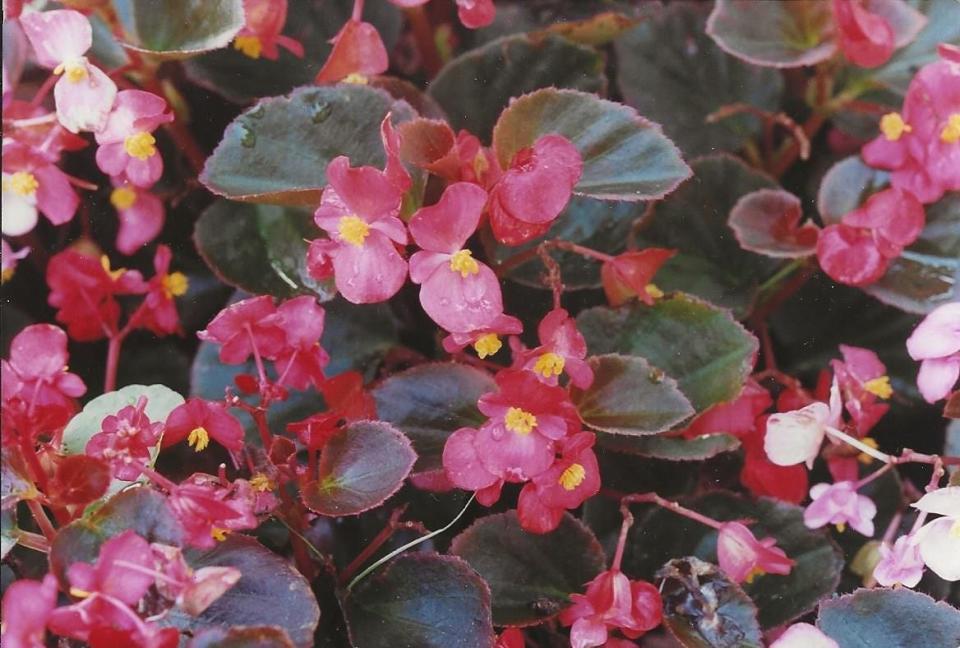Bear grass isn't a grass at all, but it is a versatile and hardy native for your garden
Bear grass (aka Adam’s needle) is a native evergreen perennial that’s as tough as its name implies.
Unrelated to grasses, bear grass is a diminutive yucca (Y. filamentosa) that grows about two feet tall and wide on sunny, sandy sites and is impervious to cold, drought and pests. Nearly stemless, this succulent species forms a rosette of stiff yet graceful leaves topped in late spring by a four- to six-foot stem bearing hundreds of creamy-white blossoms.
Some specimens are rhizomatous and form clumps, but many never spread. Bear grass, however, is easily propagated by seed and grows rapidly, though it’s slow to flower. Color Guard is a variegated version of bear grass that sports a yellow band in the center of each leaf. This handsome variety is somewhat more likely to develop a clumping growth habit.
Like flowers? These plants have been cultivated a long time but are rare in Central Florida
Because it’s small and sturdy, bear grass is versatile in the garden, serving as a foundation planting and container specimen as well as blending in nicely with small palms, irises, crinums and liriopes.
Topnotch guide to succulent plants
"The Timber Press Guide to Succulent Plants of the World," published in 2011, is an incomparable 344-page tome written by Fred Dortort.
Still in print and available in a Kindle edition, the book includes over 2,000 species of succulents native from Mexico to South Africa and the Middle East. Lavishly illustrated with gorgeous photographs – many of plants in the wild – the book covers a range of factors affecting each plant and its suitability for indoor and outdoor cultivation. This guide has inestimable value for fans of non-cactus succulents.
Use common sense when composting
Composting, which goes on year-round in Florida, generates plenty of discussion from green-thumbers.
Recently while waiting for my prescription at a drugstore, I overheard two gardeners chatting about the art of composting. One of them – unfortunately – insisted that "You can compost anything organic."
Nope.
Don't toss those holiday gift plants: Many are great in the garden or indoors
Among organics that shouldn’t be added to compost piles are dog and cat waste, leather, bones, feathers, meat (including fish and fowl), cooking grease and oil, lumber and branches over 1/8 inch thick. Also good to remember is that smaller items compost more readily, so chop up palm and large philodendron leaves first.
It’s important to blend compost ingredients frequently and keep the pile moist. Adding an occasional shovelful of composted manure and a handful of granular fertilizer will speed up the process.
Plant to ponder: Wax begonias

Wax begonias (Semper florens) grow 8 to 12 inches tall, depending on variety.
These short-lived perennials are often used as annuals in Central Florida. Full sun is acceptable in winter, but filtered light is preferred during the warm season. Varieties with red foliage are more tolerant of full sun.
This article originally appeared on The Ledger: Bear grass is a succulent that's impervious to cold, drought and pests

